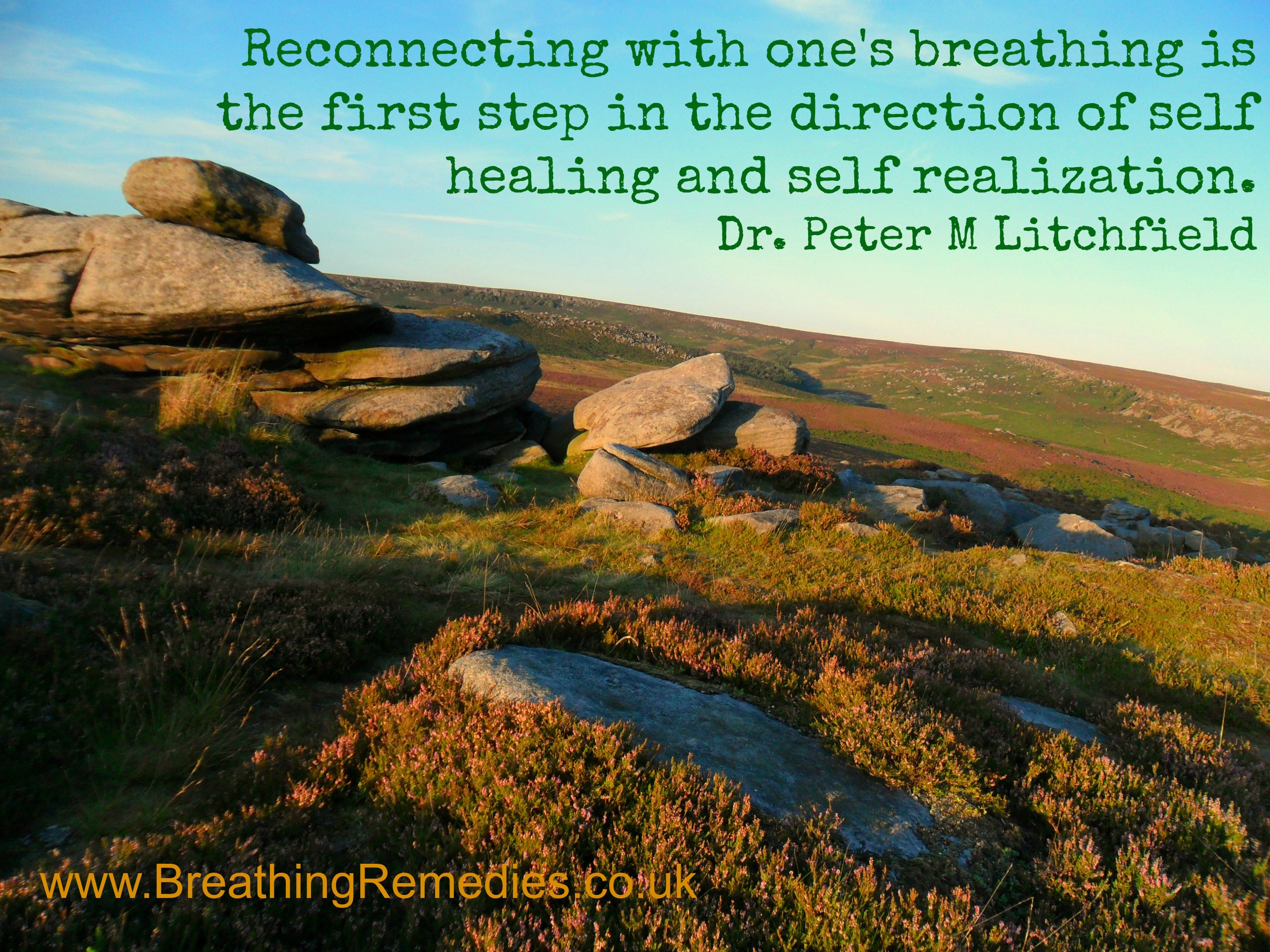In this blog I am going to discuss the link between hyperventilation (over breathing or disordered breathing) and long COVID. Early in …
carbon dioxide
Is yoga breathing damaging your health?
Dr Mercola on yoga breathing “In fact, the whole field of breathing and breath-work has enormous potential for improvement, as most prevailing ideas …
Is ME/CFS/SEID linked to disordered breathing/overbreathing/hyperventilation?
Dr Peter Litchfield, a breathing expert notes that "Overbreathing can be a dangerous behaviour immediately triggering and/or exacerbating a wide …

